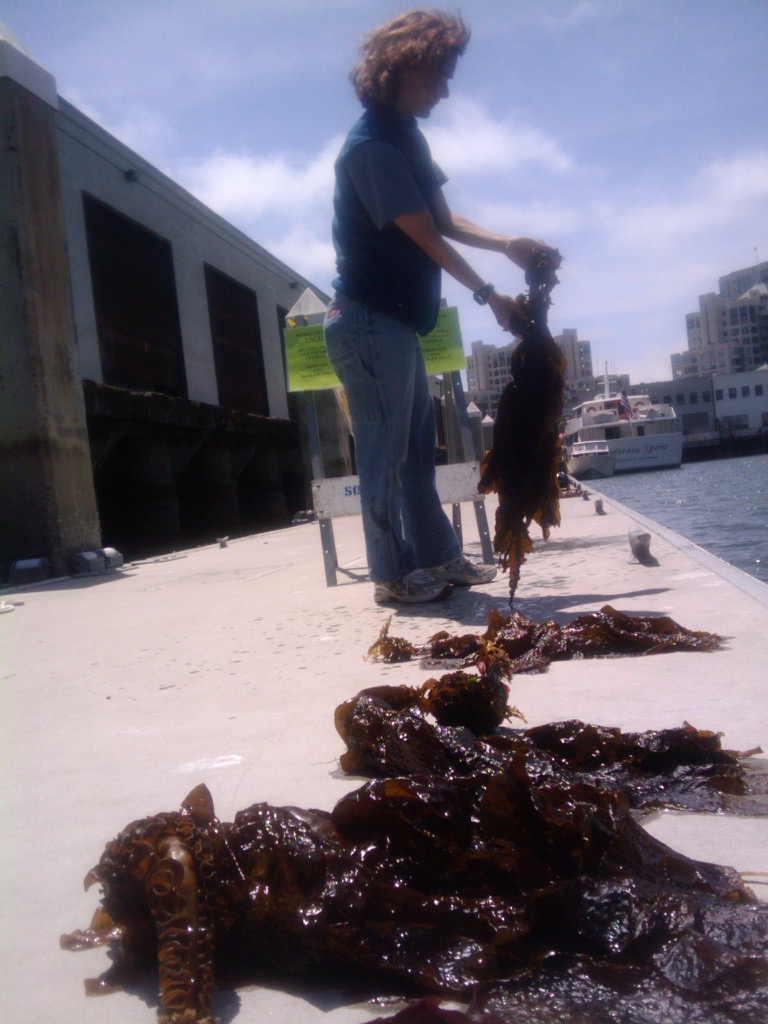The "What" and the "Why"
What are we trying to learn?
We want to know where Undaria is spreading, and how quickly it is getting there. It is considered one of the world’s 100 worst invaders, and outcompetes native species that other marine species depend on. Click here to see the full list. We also want to study the effects of Undaria on various environments. The impacts it has are not the same in every location, so it is difficult to predict how it will act in a new place.
Why do we care about Undaria? Who cares if it takes over?

We cannot predict what Undaria will do in any new location, but it has had a lot of negative effects on places it has invaded around the world. It is a threat to the ecosystems it invades and can attach to nearly any material left in saltwater. The kelp has had a significant effect on aquaculture. In Oosterschelde, Netherlands, Undaria covers vast areas and grows on cultivated oysters and mussels, so it is impossible to harvest by the usual methods (dredging with nets). Growers must spend extra money removing lots of the kelp before they can harvest.
Accidental spread of Undaria is common, which makes the spread difficult to predict. But with early detection, eradication is possible. There are several documented cases of eradication of marine species. Getting rid of a species is easier and less costly if it is done early, before the population becomes too widespread.
